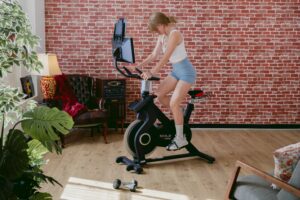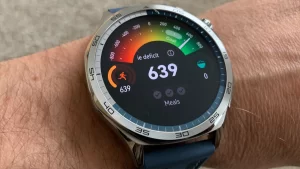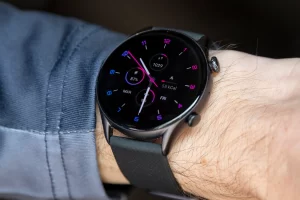Sole SB1200 Exercise Bike Review: 3 Months of Real-World Testing
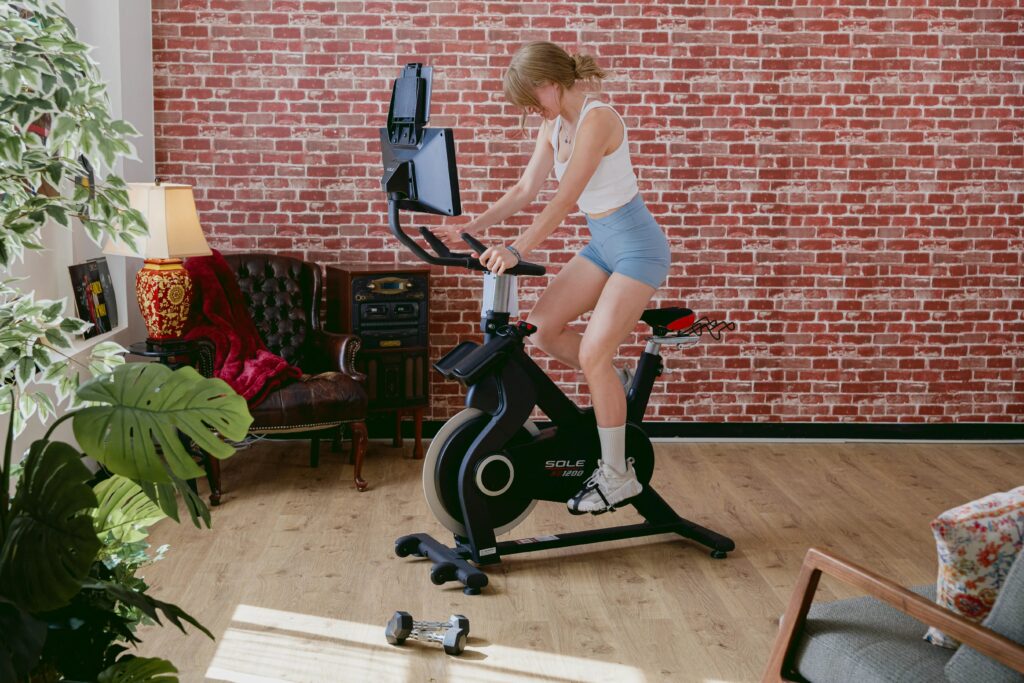
I’ve been riding the Sole SB1200 for three months now, logging about 40 hours across everything from early morning Peloton sessions to late-night Netflix binges. Here’s what surprised me most: this bike doesn’t lock you into one subscription service. In a market dominated by bikes that trap you into monthly fees, the SB1200 takes a different approach. That freedom comes with some compromises, but after 100-plus rides, I think Sole made the right trade-offs for most people.
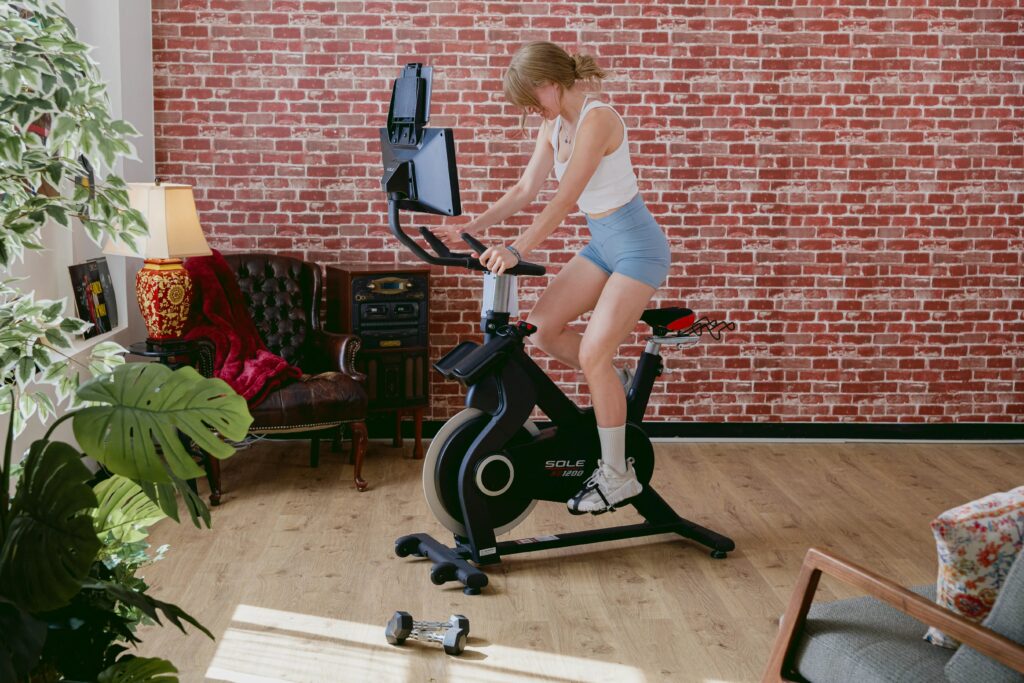
Design & Build Quality: Industrial Strength Meets Minimal Polish
The SB1200 weighs 127 pounds and feels every bit of that when you’re assembling it. The steel frame is powder-coated and built like commercial gym equipment, which makes sense given Sole’s background making bikes for hotel fitness centers. That hefty 35.27-pound chrome-plated flywheel delivers the kind of momentum you’d expect from a $3,000 bike, not something priced around $1,450.
But here’s where Sole shows its priorities. The seat is a standard cycling saddle, lightly padded and narrow, exactly what serious cyclists expect but potentially uncomfortable for beginners in their first few weeks. The handlebars work fine but lack the premium padding and multiple grip positions you’ll find on bikes costing $500 more. The dumbbell rack feels like an afterthought, more of a check-box feature than something engineered with care.
The 10.1-inch touchscreen pivots but doesn’t tilt, which was frustrating until I realized proper bike fit means you’re rarely looking straight at it anyway. What impressed me was how easy the handlebar adjustment is compared to competitors with heavier console systems. You can dial in your position in seconds, not minutes.
Key Features in Action: Platform Agnostic and Proud of It
The SB1200’s killer feature isn’t hardware, it’s philosophy. Every training app is accessible through built-in apps and screen mirroring. One morning I’ll follow a Peloton class, that afternoon I’m racing on Zwift, and the next day I’m binging The Bear on Netflix. The bike includes the Sole+ app completely free, which offers decent instructor-led classes if you don’t want to pay for anything else.
Screen mirroring works surprisingly well. I tested it extensively with both my iPhone and Android tablet. There’s about a one-second delay in responsiveness, which matters for fast-paced rhythm rides but not for endurance sessions or entertainment. The built-in apps, Netflix, Hulu, Prime Video, and others, launch directly from the console without requiring your phone. This sounds minor until you’re 20 minutes into a ride and realize you forgot to cue up your show, being able to just tap Netflix on the screen is genuinely convenient.
The magnetic resistance system offers 100 levels, matching what Peloton uses. In practice, levels 1 through 30 cover warm-ups and recovery, 31 through 60 handle most workouts, and 61 through 100 are where things get brutal. I’m a reasonably fit cyclist and rarely venture past 75. The resistance knob is analog, which I prefer to buttons, you can make micro-adjustments by feel during intervals without looking down.
Here’s an annoying quirk: the resistance and cadence readings on screen lag by a few seconds. When an instructor yells “hit resistance 50 NOW,” you’ll overshoot or undershoot because the display hasn’t caught up to your knob turn. After a few rides, you learn to anticipate it, but it breaks the immersive experience that premium bikes nail perfectly.
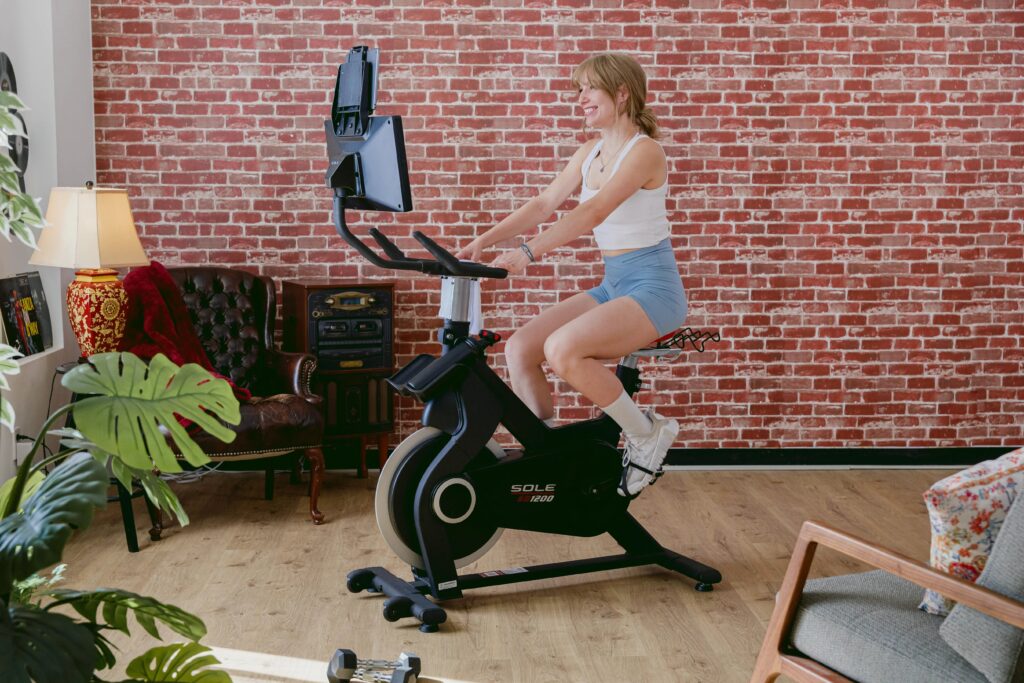
Performance & Daily Reality: Smooth Operator With Software Hiccups
The magnetic braking system is genuinely quiet. I ride at 5:30 AM in an apartment with thin walls and I’ve never gotten a noise complaint. The flywheel momentum feels natural, no jerky transitions when you’re grinding out of the saddle on climbs.
The bike handles my 195-pound frame without wobbling, and it’s rated for users up to 300 pounds. The adjustable stabilizer feet work well on my slightly uneven basement floor. Transport wheels make moving it manageable, though you’ll still want a second person for anything beyond small repositioning.
Battery life on the console isn’t an issue since it’s plugged in, and WiFi connectivity has been rock solid. Bluetooth pairing with my heart rate monitor works flawlessly, once you understand there are two separate Bluetooth devices to connect to: the bike itself for data sync and the BT_speakers for audio. That confusion cost me 10 minutes of troubleshooting on day one.
The integrated tablet holder is positioned perfectly for holding an iPad while you follow training videos or reference workout plans. You can use either toe clip pedals or clipless SPD pedals, and swapping between them takes about 30 seconds with an Allen wrench. I keep mine set to SPD because the connection to the bike makes a huge difference in power transfer during hard efforts.
Limitations & Trade-offs: Where Corners Were Cut
Let’s be honest about what you’re not getting at this price point. The touchscreen is responsive but not iPad-smooth. Occasionally it takes two taps to register an input. The built-in target distance program maxes out at 10 miles, which is bizarrely low for anyone training seriously. You’ll need to use time or calorie targets instead for longer rides.
The console software feels like version 1.0. Navigation menus could be more intuitive, and setting up your profile requires more steps than it should. Sole clearly invested in hardware performance over software polish. If you’re the type who gets frustrated by clunky interfaces, this will annoy you weekly.
The seat will punish beginners. Padded bike shorts are essential until you build up what cyclists call “saddle time.” And those handlebars, they’re functional but forgettable. Compare them to the ergonomic, multiple-position bars on bikes like the Schwinn IC4, and you’ll see where Sole saved money.
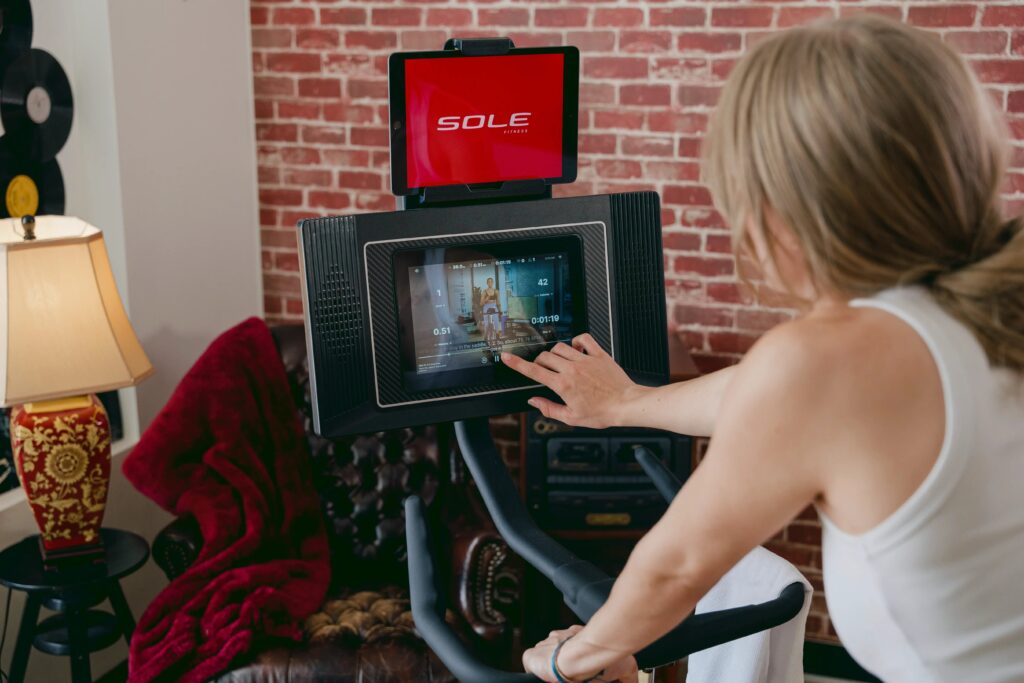
Final Verdict: Who Should Buy This Bike
Buy this if you value hardware quality over software polish, want freedom to use any training platform without monthly obligations, appreciate a whisper-quiet ride that won’t wake your household, or you’re a serious cyclist who recognizes that a 35-pound flywheel and 100 resistance levels deliver performance that matters more than a fancy screen.
Skip this if you want automatic resistance that syncs perfectly with instructor cues, need the best-in-class software experience with zero learning curve, prefer a more cushioned, beginner-friendly saddle and handlebars, or you’re sold on one specific training ecosystem like Peloton’s leaderboard features and want hardware optimized for that single platform.
At $1,449, the SB1200 sits in an interesting middle ground. It costs more than basic spin bikes but significantly less than Peloton or NordicTrack’s flagship models. After three months, I don’t regret the purchase. The mechanical components feel like they’ll outlast the electronics by a decade, and that subscription-free flexibility means I’m still discovering new ways to use it. This is a bike you’ll appreciate more six months in than six days in, once you’ve dialed in your setup and learned to work around its software quirks. For riders who prioritize the ride over the screen, that’s exactly the right trade-off.
